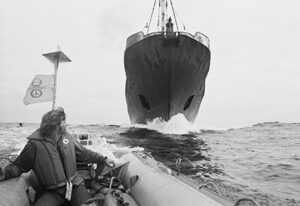
Greenpeace crew member Michael Baily blockades a Russian harpoon ship in a Zodiac. c. 1976. (Photo by Rex Weyler, courtesy of Greenpeace).
By Bill Kovarik
He was a Greenpeace spokesman, the CNN science unit producer, and publisher of Environmental Health News. Peter Dykstra covered a lot of ground in his 67 years. His death on July 31 in Atlanta, Ga. was a sad end to a life of joyful and spirited service to the environment.
I first met Peter Dykstra when the Rainbow Warrior came to visit Charleston SC in 1982. At the time I was privileged to work for the Charleston Post-Courier newspaper and was assigned to the environment beat.
The Charleston paper was known at the time for its ultra-conservative editors, and when the Rainbow Warrior docked in town, I was told not to write about the “hippies of the sea,” as they called Greenpeace.
This seemed unfair. Other coastal US cities like Baltimore and Wilmington were rolling out the red carpet for the Rainbow Warrior. So when Greenpeace media director Peter Dykstra called me on the phone to ask about our coverage, I told him the situation, and he came up with a clever solution.
Find an intern who needs a big story for their clip file, he said, and Ill do the rest. So I found an intern, and the intern wandered down to the docks. He came back starry eyed, with pictures of kids bringing jars of nickles and dimes to save the whales, and a description of the boat, and stories about their amazing escapes. The article was coming off the presses before any of the ultra-conservative editors realized what had happened.
Peter and I had a pretty good laugh over that one, and my penance was a month on the obituary desk at the newspaper.
From an historical standpoint, we can observe that Peter Dykstra and Greenpeace were pioneering a new approach to communications. They were using what Marshall McLuhan called a figure / ground reversal, and what Robert Hunter of Greenpeace called an image reversal or a “mind bomb.”
As Rex Weyler noted: “To create an ecology movement, we had to come up with images that would circulate the globe, images that would inspire people to recognize their fundamental ecological nature, their kinship with every living creature on Earth.”
So the heroic image of Captain Ahab fighting Moby Dick reversed into the heroic image of Greenpeace volunteers blocking harpoons to save whales.
Peter was an expert in these tactics of image reversal and environmental information. So, for example, when the Washington Post ran a story about Greenpeace in 1985, Peter said the organization ran mostly on volunteer energy but that a “salaried minority make enough money to stay heavily in debt.” See how he reversed the “limousine liberal” image? It didn’t hurt that it was true — nobody was getting rich trying to save the earth.
In the late 1970s and 80s, Peter helped coordinate media coverage for everything that Greenpeace was doing, which included:
- Painting baby Harp Seals so they couldn’t be used to make fur coats;
- Dumping hundreds of marbles in the offices of the Secretary of Interior, saying that he had lost his marbles and they were just returning them;
- Handcuffing themselves to barrels of toxic waste being dumped in the ocean;
- Hanging giant banners off bridges and smokestacks;
- Blowing up inflatable rafts inside pipes that dumped waste into rivers.
The idea was to do things that got serious attention, sometimes by putting their lives on the line. But — this is important — never anyone else’s life. They were non-violent to the core.
These publicity stunts were needed because TV was biased toward a mediocre center, and excluded ideas that were not mainstream, as Peter told The Washington Post in 1991.
But that was changing. A Gallup poll just the year before had found 76 percent of Americans calling themselves “environmentalists.” And it was clear that the environmental movement had achieved a stratospheric level of success, on the same level as the women’s suffrage movement and the civil rights movement.
Greenpeace was only one part of that movement, and Peter Dykstra was only the communications director at Greenpeace, but he and the organization were by far the most visible environmentalists of the era. They made ideas about the environment accessible and salient to the public with verve and a sense of humor that was part of his approach to life.
Sometime in 1992, Peter convinced Ted Turner that environment and science COULD be taken seriously on television, and he went to work for CNN as the executive producer in the science unit. They managed to interview nearly everyone in science and the environment at the time, from Carl Sagan to the Dali Lama. It was magnificent. It lasted sixteen years, until, after Ted Turner was gone and the bean-counters took over at CNN, the science unit was abruptly terminated in 2008. (By the way, it would be a useful service if CNN would make these interviews and stories available).
After CNN, Peter worked was a fellow at the Wilson Center; he worked with several non-profit groups like Environmental Health News; he started writing environmental history; and he started training a new generation of reporters with the Society of Environmental Journalists.
We’re all going to miss him, and more than that, we are missing the sort of environmental reporting that would have made Joseph Pulitzer proud.
Always stand up against injustice. Never sit down.
OTHER TRIBUTES
“Mr. Mindbomb,” a 2023 book about Robert Hunter and Greenpeace communications.
Society of Environmental Journalists
Living on Earth, Sept. 20, 2024
Wilson Center program with Peter Dykstra

 White House conservation summit
White House conservation summit  Lewis and Clark Expedition
Lewis and Clark Expedition 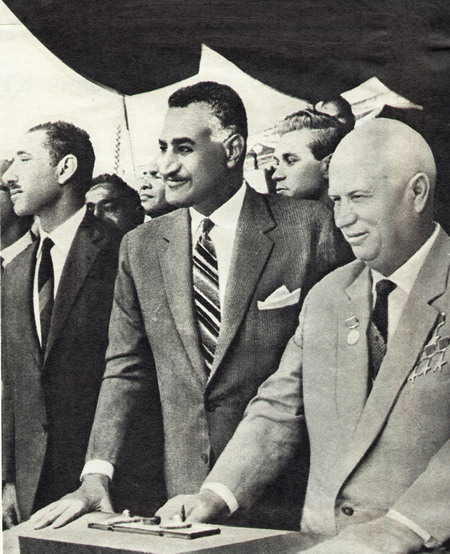 Aswan Dam opens
Aswan Dam opens  Farley Mowat,
Farley Mowat,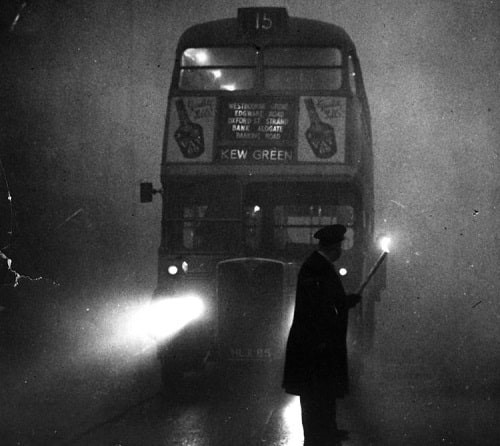
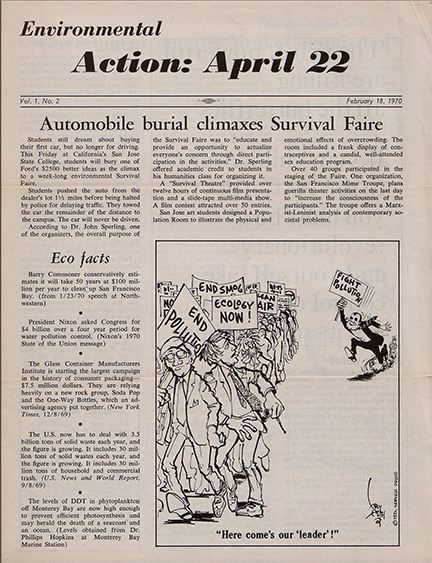 Environmental Action Archive
Environmental Action Archive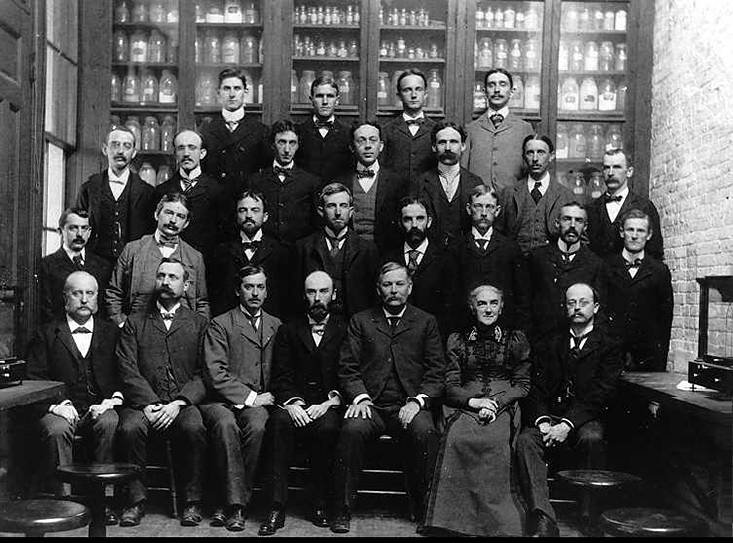 Ellen Swallow Richards
Ellen Swallow Richards The hats that created bird sanctuaries
The hats that created bird sanctuaries 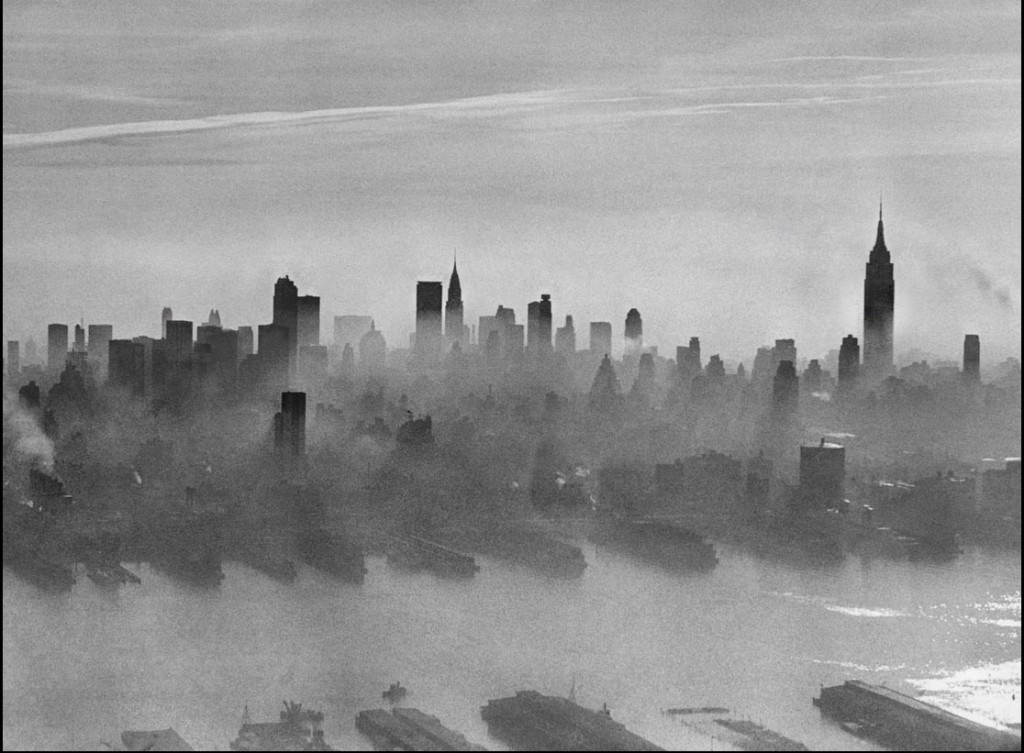 Pollution regs saved lives
Pollution regs saved lives ¶ A giant tree's death sparked the conservation movement in 1853. Terrific article by Leo Hickman of the Guardian on June 27, 2013. The
¶ A giant tree's death sparked the conservation movement in 1853. Terrific article by Leo Hickman of the Guardian on June 27, 2013. The ¶ Dymaxion car
¶ Dymaxion car  ¶ Aldo Leopold
¶ Aldo Leopold